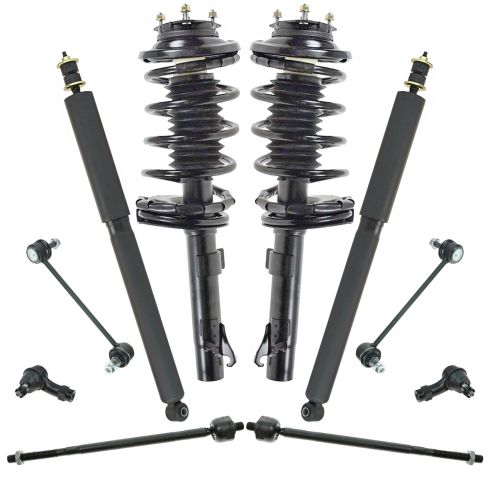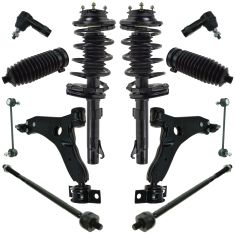1ASFK01870-Ford Focus Front & Rear 10 Piece Steering & Suspension Kit TRQ PSA56180

Replaces
2004 Ford Focus ZX5 Hatchback Front & Rear 10 Piece Steering & Suspension Kit TRQ PSA56180

Product Reviews
Loading reviews
3.00/ 5.0
1
1review
It works
July 27, 2021
Both of them are straight but a lot of parts in a few days once again pretty good but I did have a problem with the inner tie rods they definitely go out faster than the factory ones the package of struts and shocks seem to work pretty good
Customer Q&A
No questions have been asked about this item.
Ford is a registered trademark of Ford Motor Company. 1A Auto is not affiliated with or sponsored by Ford or Ford Motor Company.
See all trademarks.














